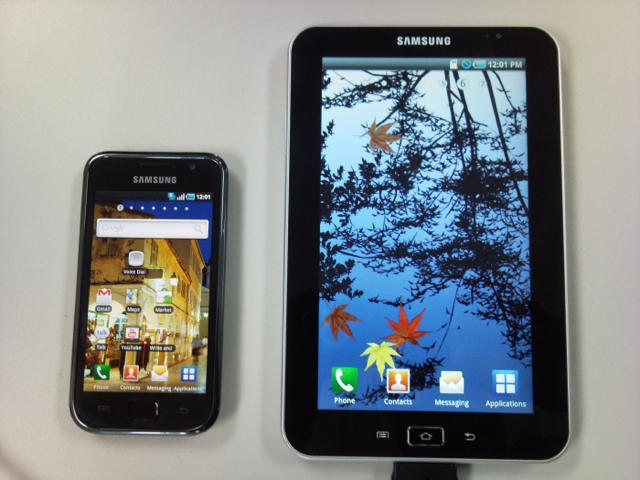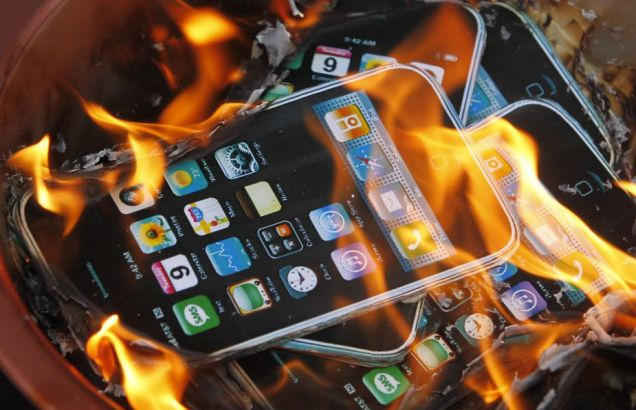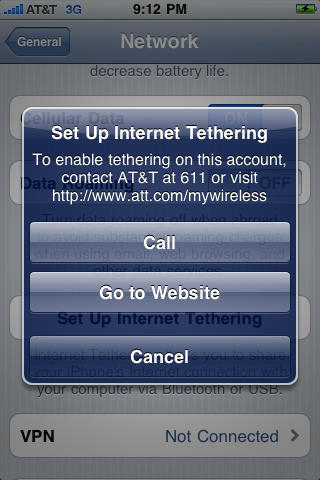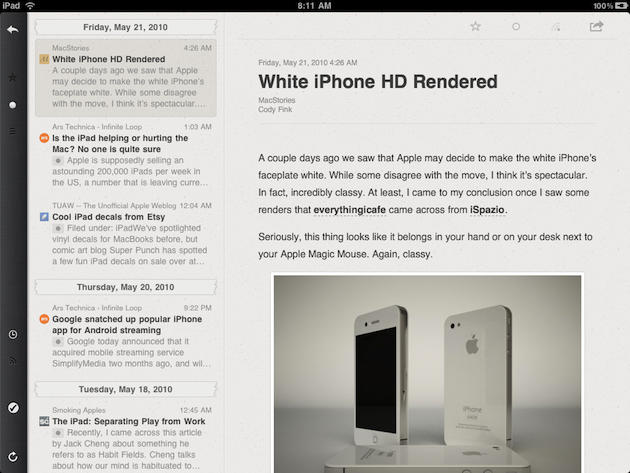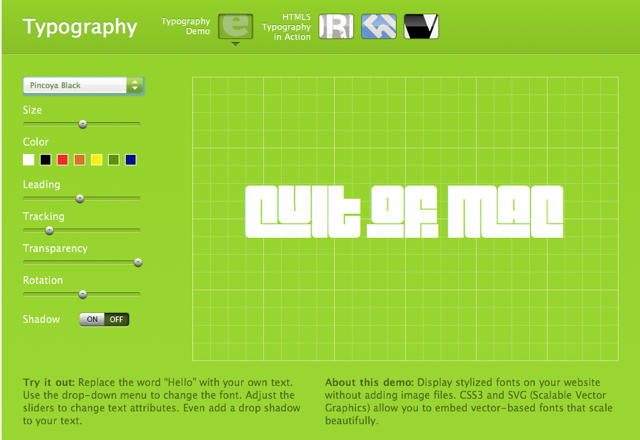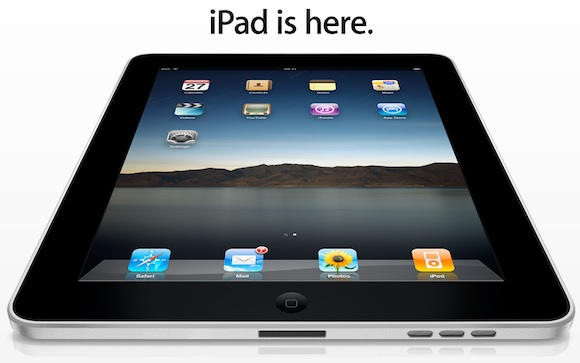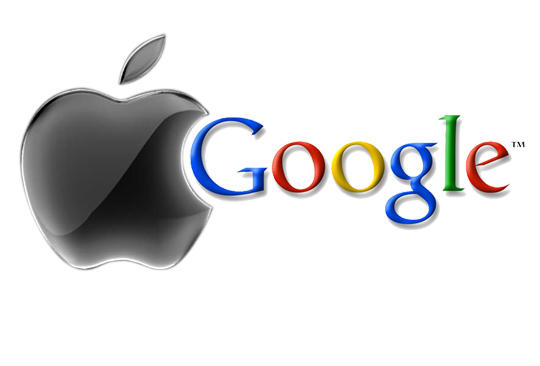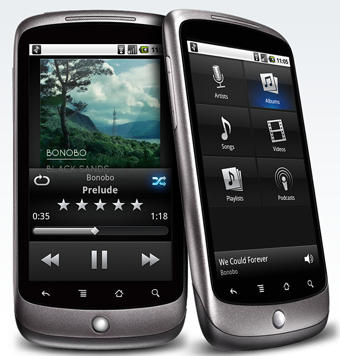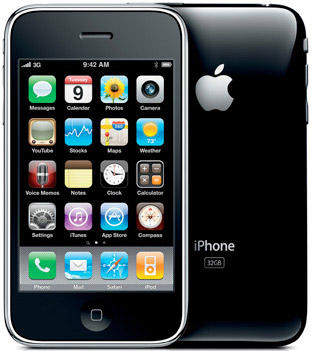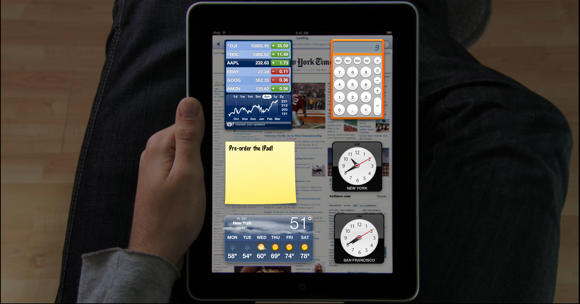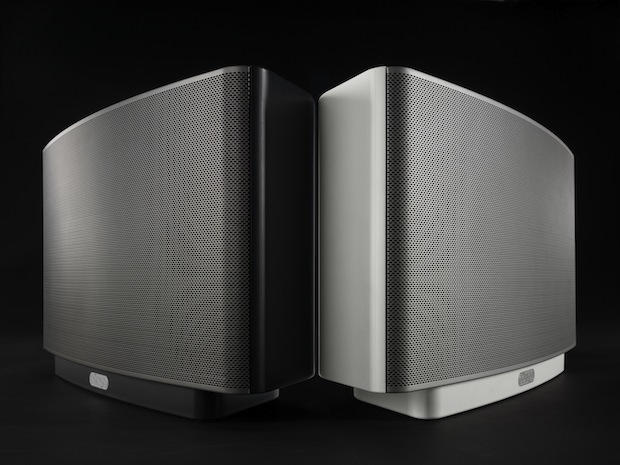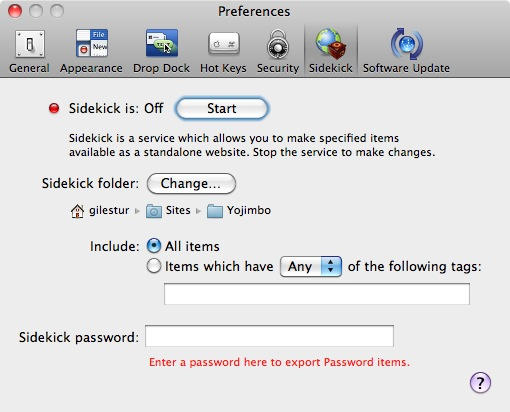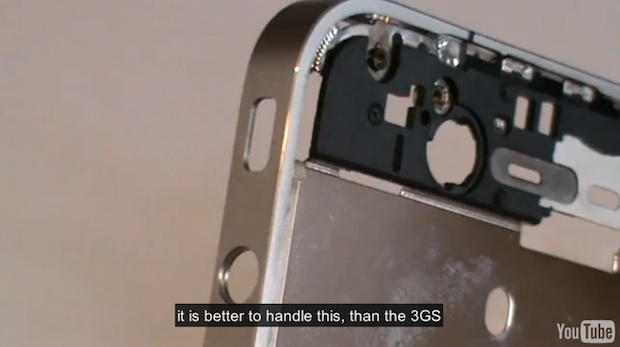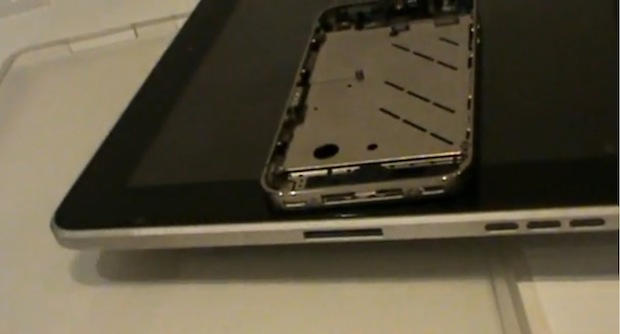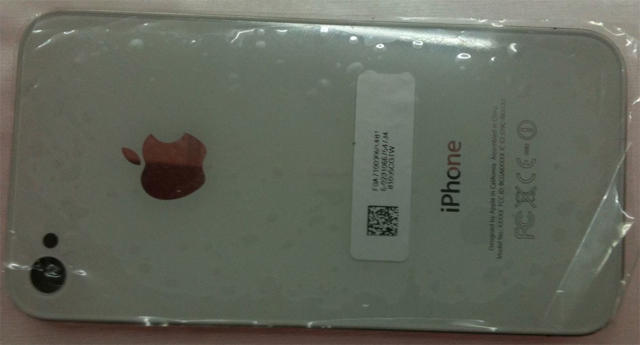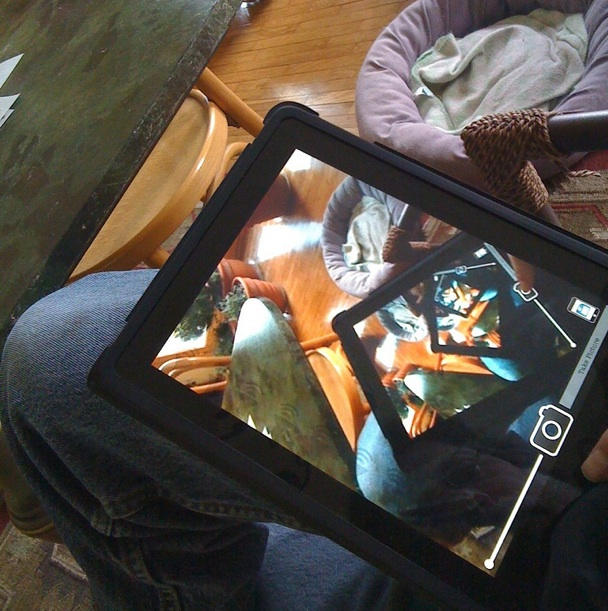httpvhd://www.youtube.com/watch?v=wzWa9gDoQUg&feature=player_embedded
The classic German board game Carcassone has finally come to the iPhone with an official port including original artwork, eight different AI players, a cool looking solitaire mode and Internet multiplayer with push notifications.
From the App Store description: “Build a medieval landscape, tile by tile, claim landmarks with your followers and score points. As a winner of the prestigious “Spiel des Jahres” award in 2001, the game allows for a plethora of play styles and strategies.”
The game’s iPhone-only for now, but a universal iPad version is imminent.
I’ve never played Carcassone but it is a game much beloved by my board-gaming friends. I’ve been eager to get my teeth into this one.
Carcassone can be purchased on the App Store now for just $4.99


